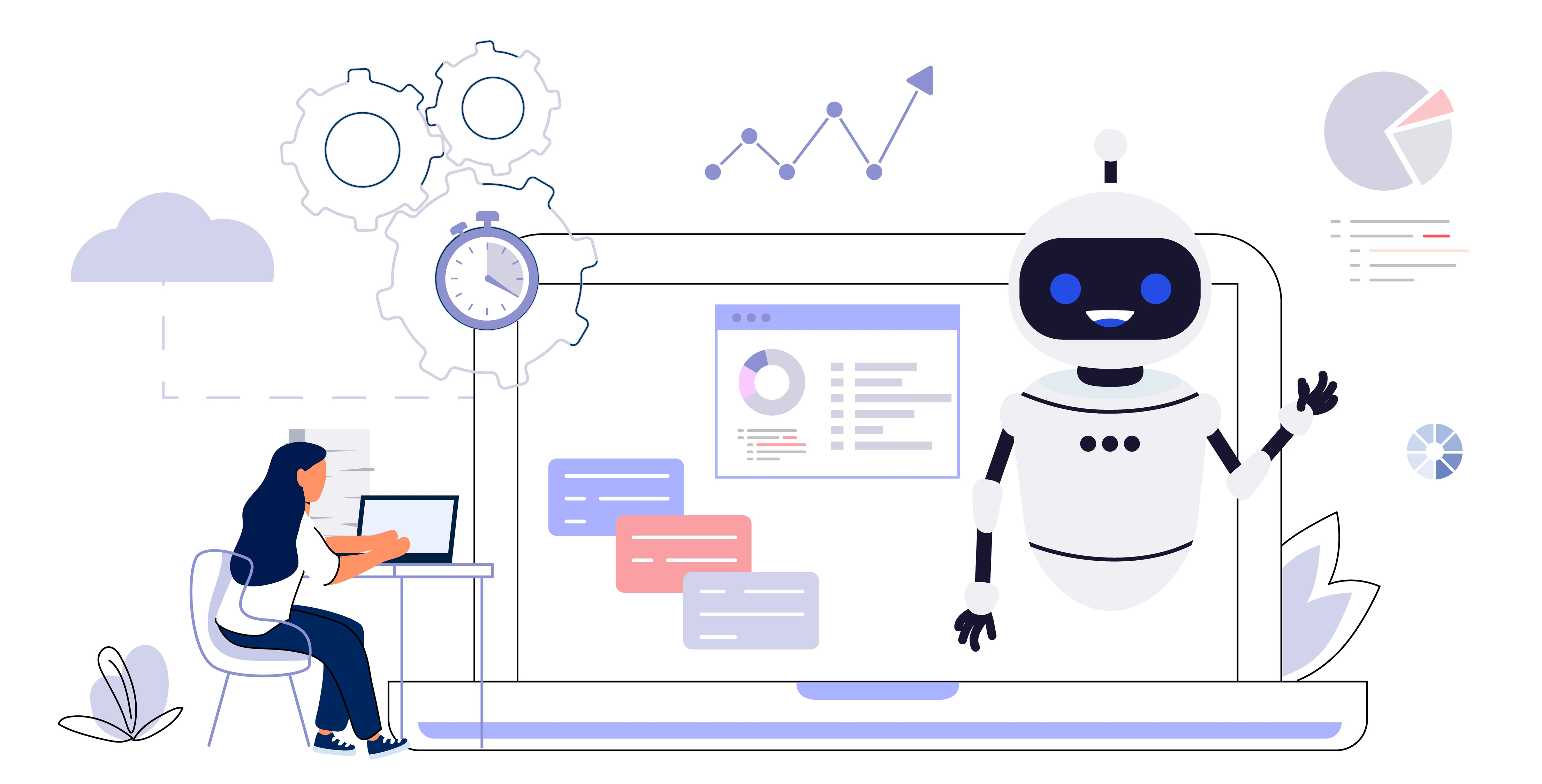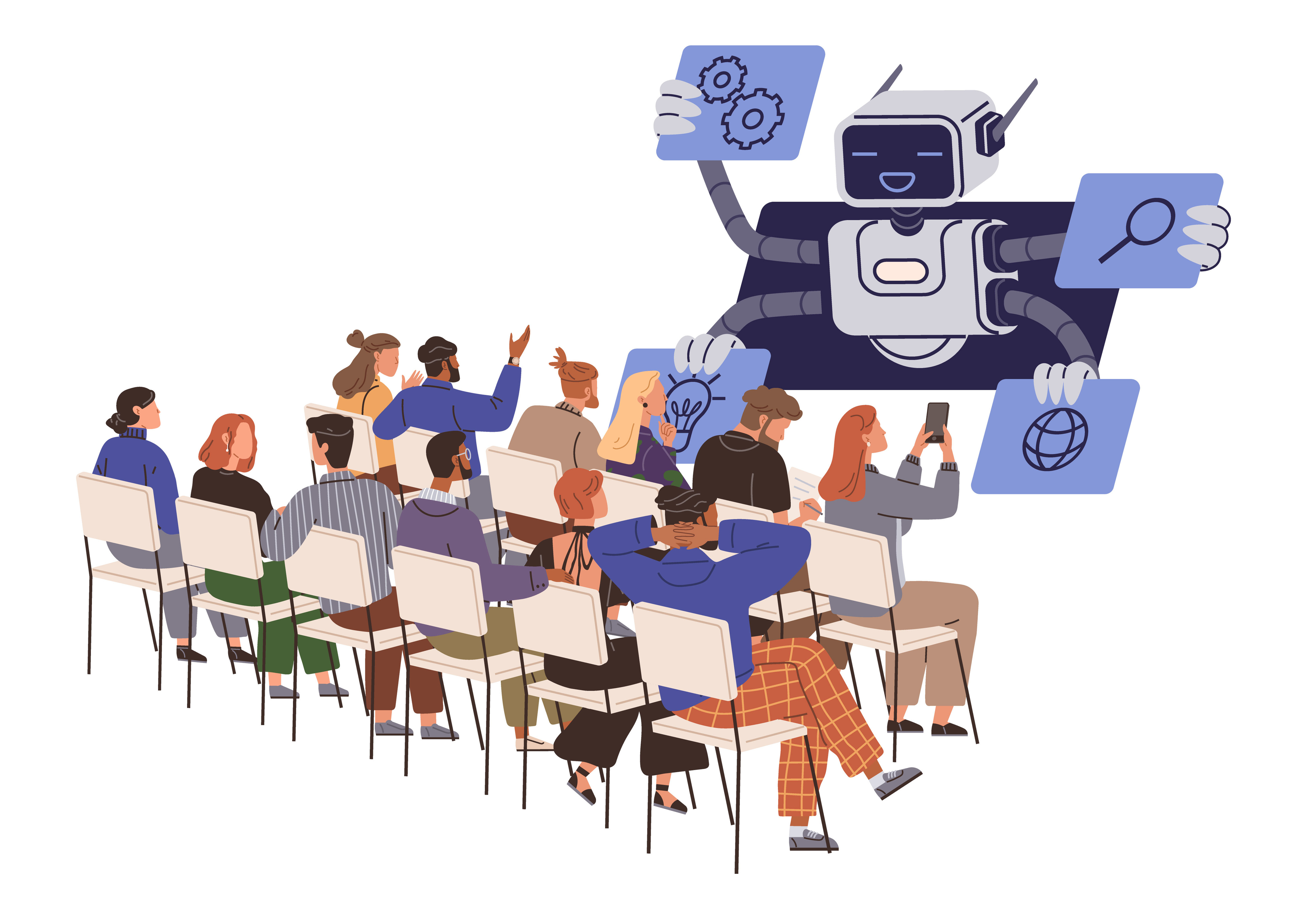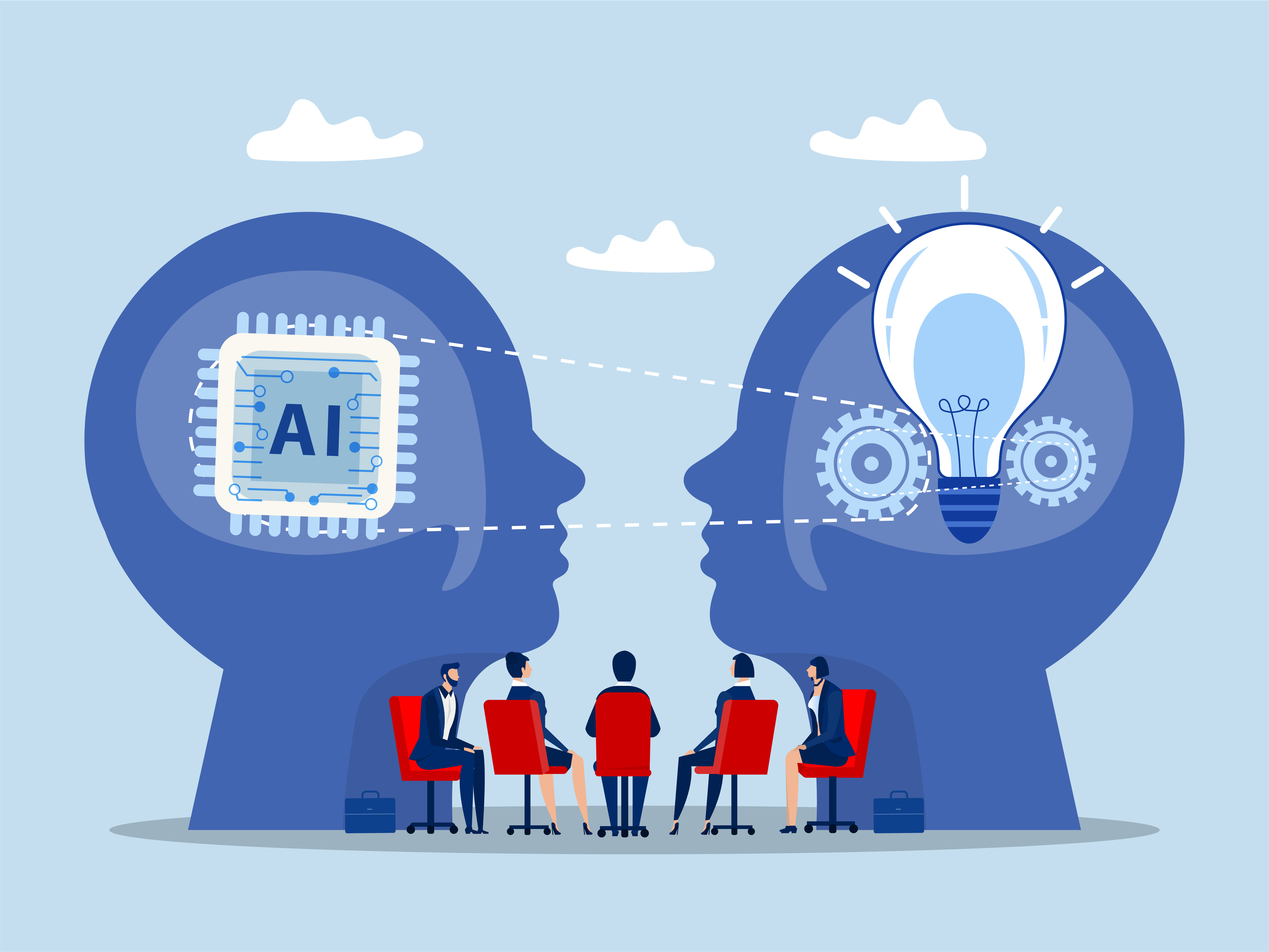
Google Cloud CEO Thomas Kurian and Replit CEO Amjad Masad just dropped a partnership that changes everything about who gets to build software in your organization.
The goal? "Make enterprise vibe-coding a thing” says Masad. And the implications are massive.
The New Reality
"Instead of people working in silos, designers only doing design, product managers only write...now anyone in the company can be entrepreneurial “ Masad explains.
Translation: Your HR team can build their own tools. Your salespeople can create custom dashboards. Your marketing folks can prototype their own automation.
No tickets. No backlogs. No "waiting for dev."
Why This Matters for KM
This is where knowledge management meets its inflection point. When vibe coding democratises software creation, you're not just automating tasks—you're enabling people to externalise their tacit knowledge directly into functioning systems.
Think about the SECI model. The salesperson who knows the perfect qualification workflow can now build it themselves. The customer service rep with deep process knowledge can create the tool that captures it.
Knowledge doesn't get stuck in someone's head or lost in a ticket queue. It becomes software.
The AI Centre of Excellence Play
But here's the critical piece most organisations will miss - Democratisation without Orchestration is chaos.
This is where an AI Centre of Excellence becomes essential. You need a hub that:
•Curates the best vibe-coded solutions across the organization
•Shares proven patterns and successful apps
•Ensures governance without killing innovation
•Transforms individual experiments into organizational assets
•Replit grew from $2.8 million to $150 million in revenue in under a year. The enterprise is ready. But without a CoE, you'll have 1,000 isolated solutions instead of 10 transformative ones.
NB: We’re currently seeing AI COE’s running at 20% of our CAIM students to date. I predict that number will easily go north of 50% this time next year. (see: sample job examples below)
The Certified AI Manager Connection
This is exactly what we demonstrate in the Certified AI Manager Course —using Claude to vibe code business solutions with human centric KM at the centre.
P.S. or Footnote: When you start to realize that this phase of AI actually eats software, the $3 billion valuation of Replit and Cursor's $29.3 billion valuation don't seem so crazy after all. And when you consider Anthropic's Claude Code hit $1 billion in run-rate revenue —the very tool powering much of this vibe coding revolution—you start to see we're not just witnessing a shift in how software gets built. We're watching software consumption replace software purchase. They're not just selling tools—they're selling the dissolution of the software industry as we knew it.
Knowledge Management Roles within AI Centre of Excellence Contexts

Knowledge Management & Leadership Roles in the AI Centre of Excellence









.png)
.png)
.png)
.png)